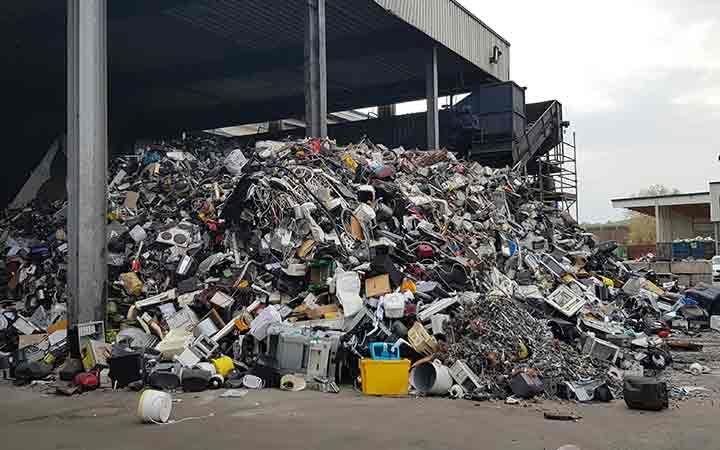24 November 2020, Bonn, Germany - United Nations Institute for Training and Research/United Nations University present an in-depth review on the Waste Electrical and Electronic Equipment (WEEE) Collection Rates in the EU-28, Switzerland, Norway and Iceland, which shows that the implementation mechanisms of WEEE legislation, such as the ‘all actors’ approach, a clearing house, and mandatory handover positively contribute to WEEE collection. In 2018, 55% of WEEE has been reported and collected to the WEEE Directive, at least 20% of WEEE has been traced to be in other WEEE Flows, such as illegal exports of WEEE, exports for reuse, mixed with metal scrap and in residual solid waste. The whereabouts to 25% of the WEEE is still unknown.
The current collection rates will be insufficient to meet the 65% EEE POM target or 85% WEEE Generated target in the WEEE Directive 2012/19/EC, which are in force from 2019 onwards for most EU Member States. The study calls countries to improve the monitoring of WEEE, to divert flows from unwanted destinations, and proposes practical solutions to adjust the target calculations to correct for exports for reuse, economic fluctuations and photovoltaic panels.


